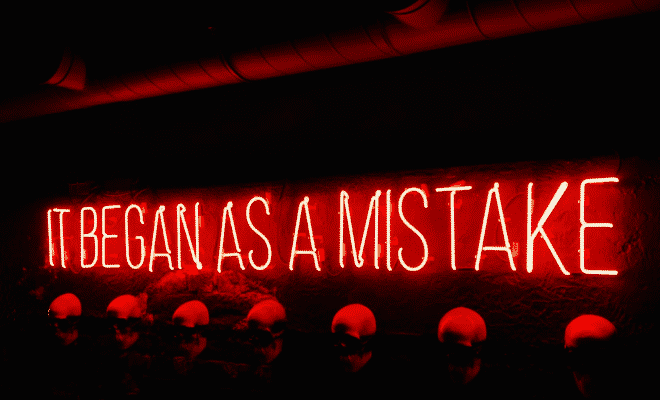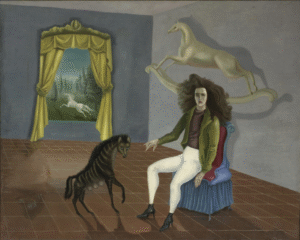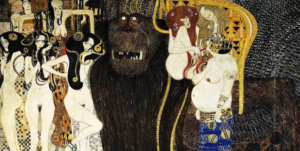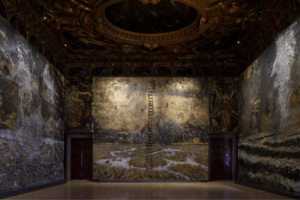As an emerging artist, it can be quite overwhelming to decide the selling price of your artwork and make it right. Bridging the gap between what you feel is your artwork’s value and what a potential buyer may be willing to pay can feel impossible, especially when you have no one else to ask for advice. However, we are here to help and guide you through what not to do when developing your pricing strategy! The good news is, these common pricing mistakes can be avoided quite easily if you know about them. Keep them in mind when you are deciding on a selling price, and you will do well.
Undervaluing Your Art
The most important thing to keep in mind is that you shouldn’t compare your art and creations with other artists. Research their strategies and pricing — yes! But you should not compare your works, as it can lead you into a trap of thinking lowly of your art and creations. Rest assured that you should not price your artwork too low just for the sake of attracting attention, boosting your art sales, and getting your name out there. Additionally, undervaluing your work can have some unintended consequences. For example — if you start low, your audience most likely won’t be willing to pay a higher price for it in the future, thinking it might be overpriced. Keep in mind that for your customer value is disconnected from cost — value is what this particular customer perceives. However, the time you put in honing your skills and creating the work you are putting out there definitely has value. Take them into account — and then price your work accordingly.

Inconsistency in pricing
One of the most important things to keep in mind when developing a pricing strategy is to keep your rates the same on all platforms you are using. Having consistent pricing creates a bond of trust between the seller and the buyer, as they know what to expect of you — both quality-wise and price-wise.
There are several ways to decide on a rate for your art piece. Most artists determine their rates using hourly wages — the number of hours it will take them to finish the work, plus the cost of materials and the profit margin. However, others have fixed prices for different styles, explicitly naming every option — for example, dividing their art in tiers, where a sketch would be $20, while a fully rendered piece would be $100 or more.
There are also ways of pricing specific to traditional painters — the linear or square inch pricing methods. Here, the main component taken into account is the dimensions of the artist’s painting’s canvas. The pricing highly depends on the kind of artwork you are creating, and it is always good to make it highly personalized to you and your art business.
Underwhelming Internet Presence And Absence Of Market Research
We live in a digital age and, to be known, you need to be present on social media, create profiles on websites for artists, or create your website (or all three).
However, all those platforms have different audiences, different algorithms, and different content demands. That means that you will need to do a great deal of research to find out which platforms are perfect for the kind of work you are doing. Therefore, first and foremost, you will need to look into what other people are looking for — the content they like and share the hashtags they use to find art like yours and other possible factors. It would then be best if you explored the ways to promote your art and how to do it specifically for the platform(s) you have your eye on.
There are also other issues stemming from the lack of audience and market research. Depending on where you are from and what type of art you sell, you might have some additional costs — such as the price of producing art prints you might (and should) be offering, or the price of shipping items, especially if they are fragile as, for example, sculptures or collages.
It is also essential to keep in mind that the more of the same thing is out there, the less there will be a demand for it, and its value will drop — along with its price. If you ensure your work and brand are unique, people will want more of it. There will be a higher demand for it, and with it, your work will get noticed easier.
Success requires proper and extensive research, as well as comprehensively designing your business plan. So don’t shy away from exploring every inch of the internet and your local art communities. All knowledge you acquire will help pave your way to becoming a successful artist!
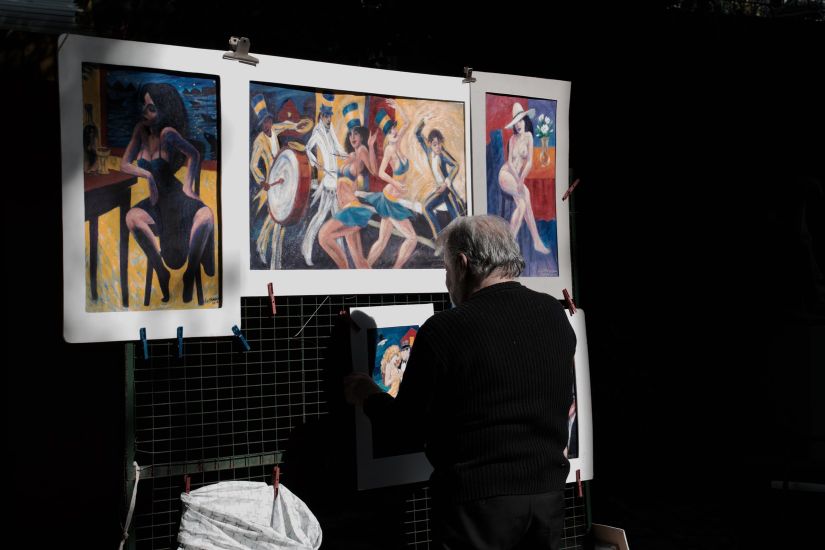
Lack Of Proper Communication With A Prospective Buyer
One of the things a professional artist should never do is send the whole art piece to a client before receiving at least half of the amount in advance. From the client’s side, this ensures that you will have the incentive to finish the artwork while ensuring that you may not end up working for free.
Then, while this one might seem obvious, situations change, and you might find yourself compelled to do it. But never change the selling price mid-process. When you started working on the artwork, the price you agreed on is what you should stick with to keep the client’s trust and keep up your good image. If you need to change the prices, do it after you finish the projects you are currently working on and inform your audience of it.
Some clients will try to bargain and negotiate with you — and even manipulate you for pity points, so you lower the price. This is your work, and you cannot be giving it out for free, for whatever reason. Do your best and stick with your prices and, as previously said — value your work.
Inadequate Product Presentation
You are selling art, which is, first and foremost, a visual experience and an artist statement. Therefore, you need a good representation of what you do. More straightforward presentations will grab more attention. Using few colors, having good contrast, making the text easy to read are factors to consider — whether you are making a commission sheet, a website, or a proposal to a client.
Moreover, do not mix your artwork and promotions with many other things like memes and pointless reblogging/retweeting. It will cause everything to get mixed and look cluttered. Try keeping a consistent theme — clearing it out will attract people to your page, and buyers will know what they’re looking at.
With that in mind, it is always a good idea to have a digital portfolio gallery with all your best works. You can start by using social media or a website to showcase your work. Creating physical works of art, having your best pieces always close to you, or keeping photos of them on your phone, is an excellent way to build your portfolio of works.
This way, people will be able to see what you’re capable of and later think about hiring you or buying something from you in the future.
In The End…
None of these mistakes will cause too much trouble in the long run, but it’s good to avoid them if you want to secure your success in the art market. If you have already made some of those mistakes — it is alright! Use that as a learning opportunity, and you will become better in no time. Experiences you have along the way are essential, so make sure to note all you have done and keep improving.If you want to learn even more without making mistakes, looking up websites that focus solely on fine art is a good beginning — such as ARTDEX. You can look up the articles on the blog or browse people’s collections to see what different people like. All you need to do is start researching, and in no time, you will be pricing artwork like a professional artist!

